Housing Recovery Project, Dominica
Country-Wide / Dominica
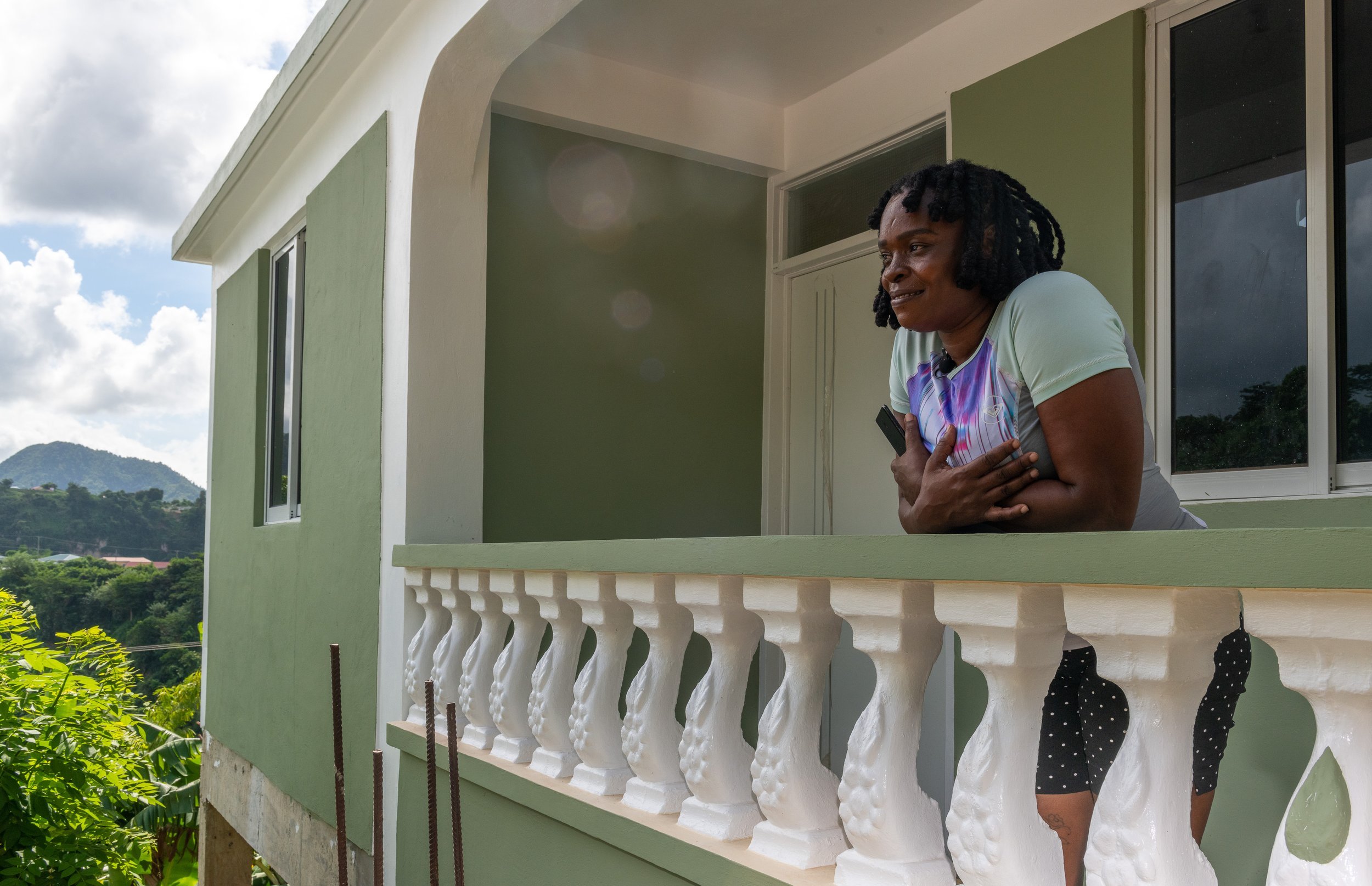
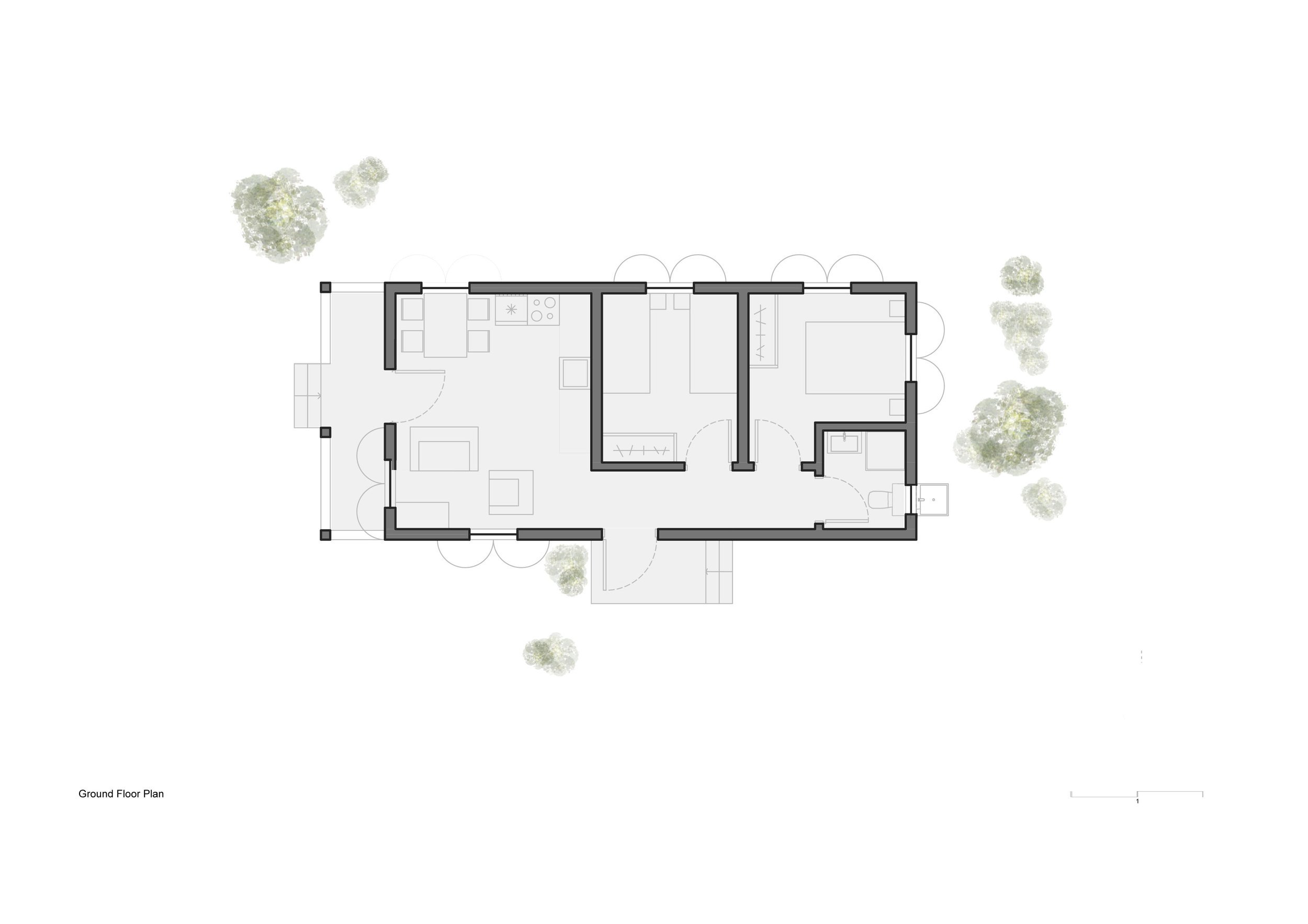
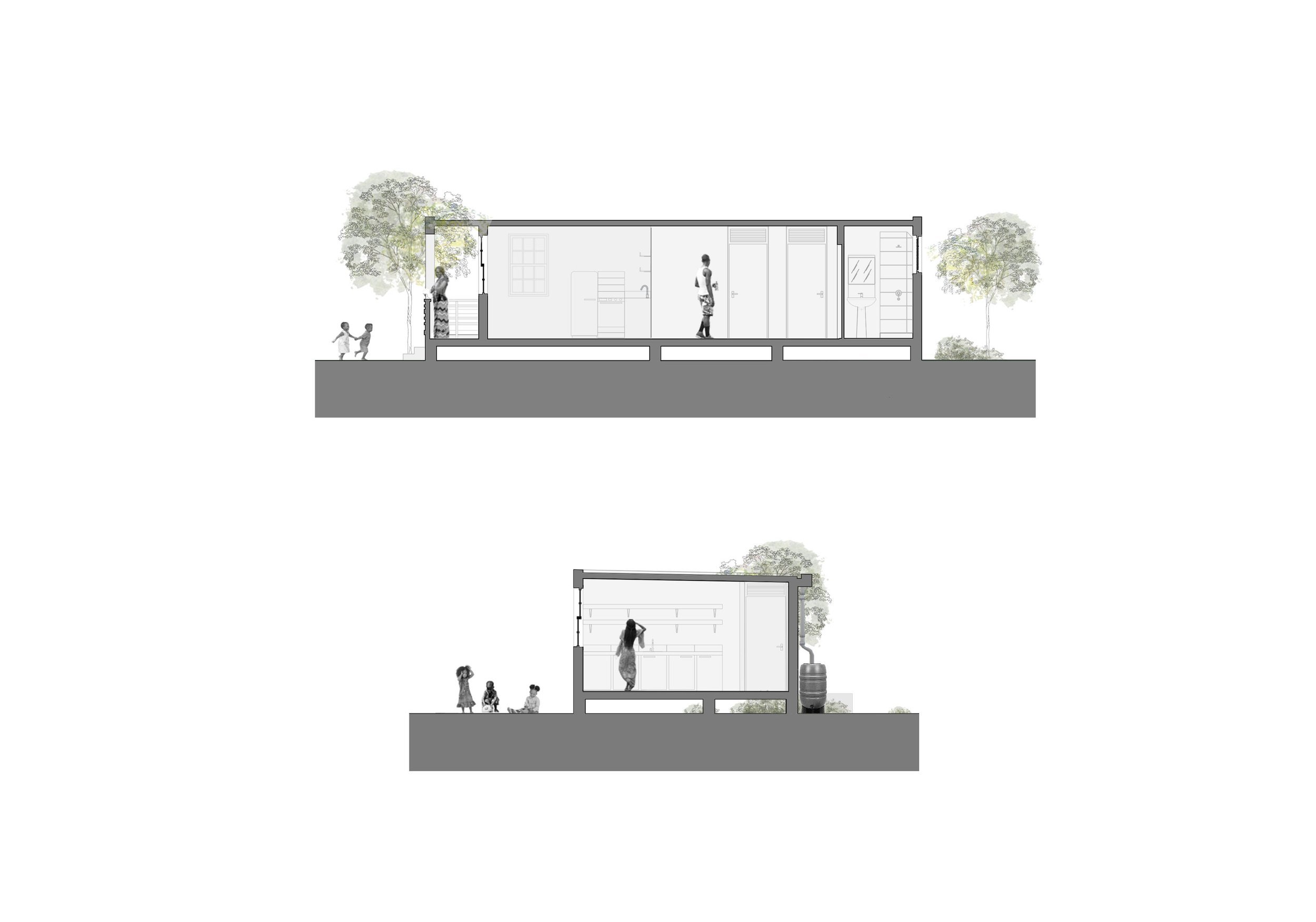
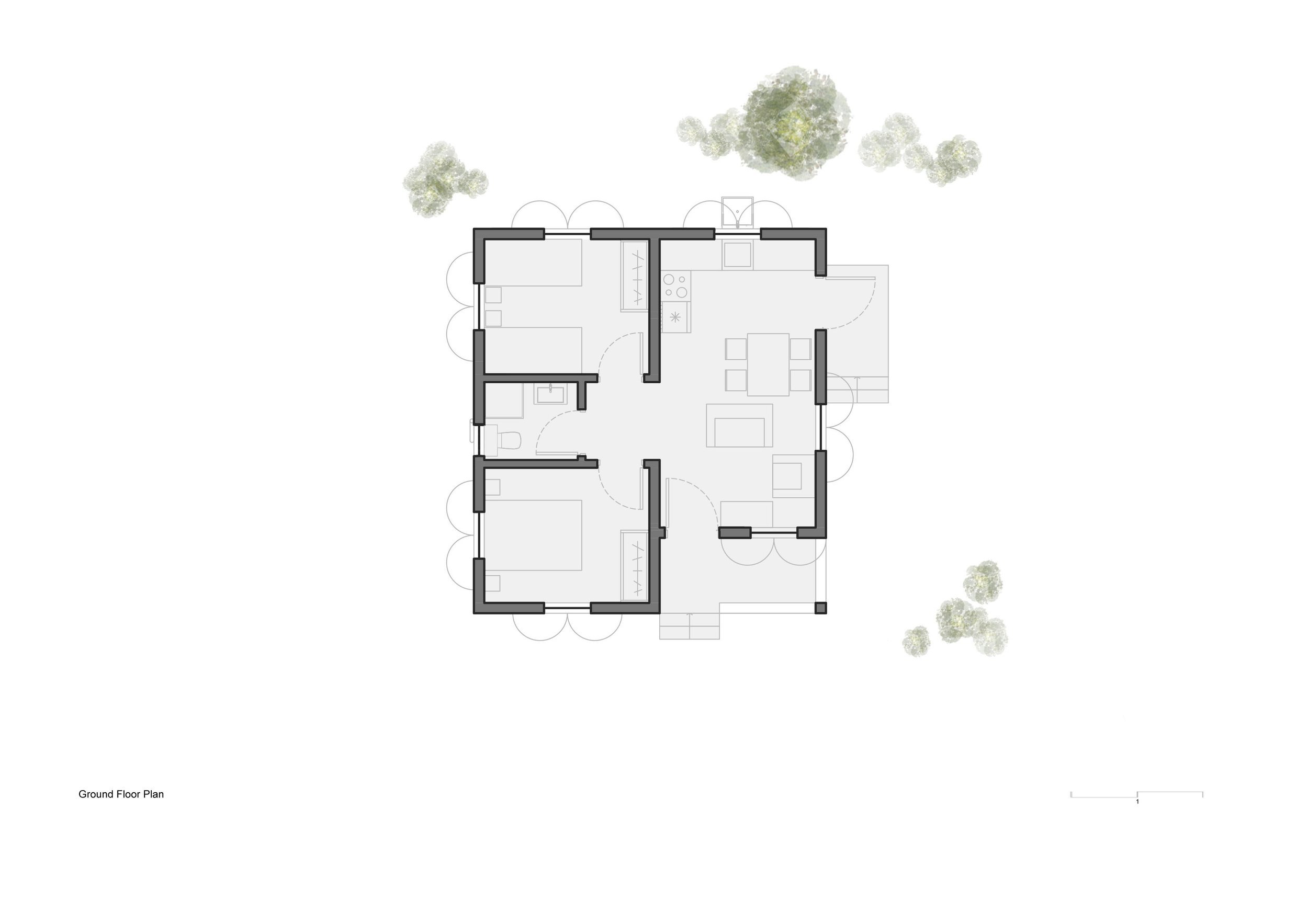
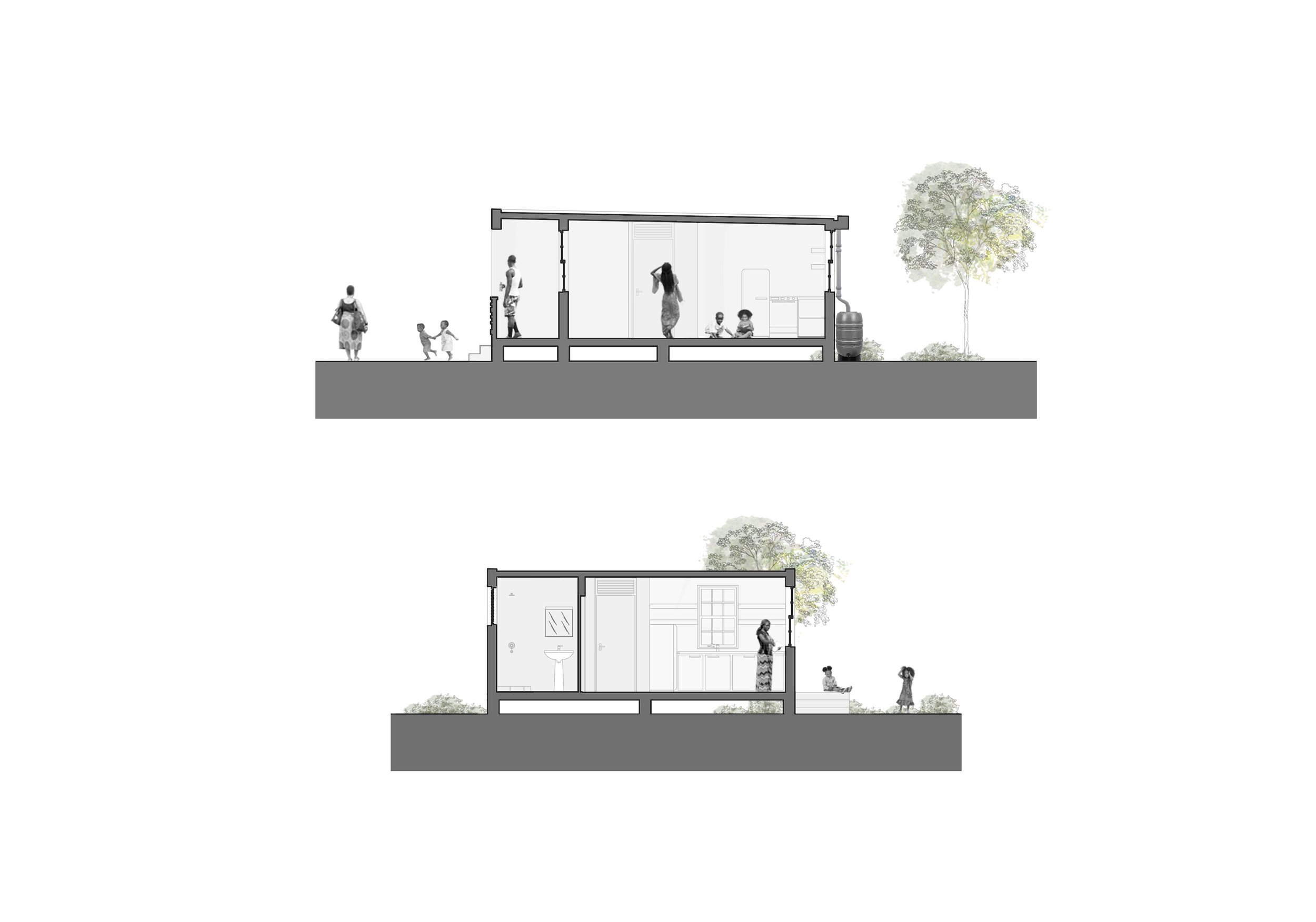

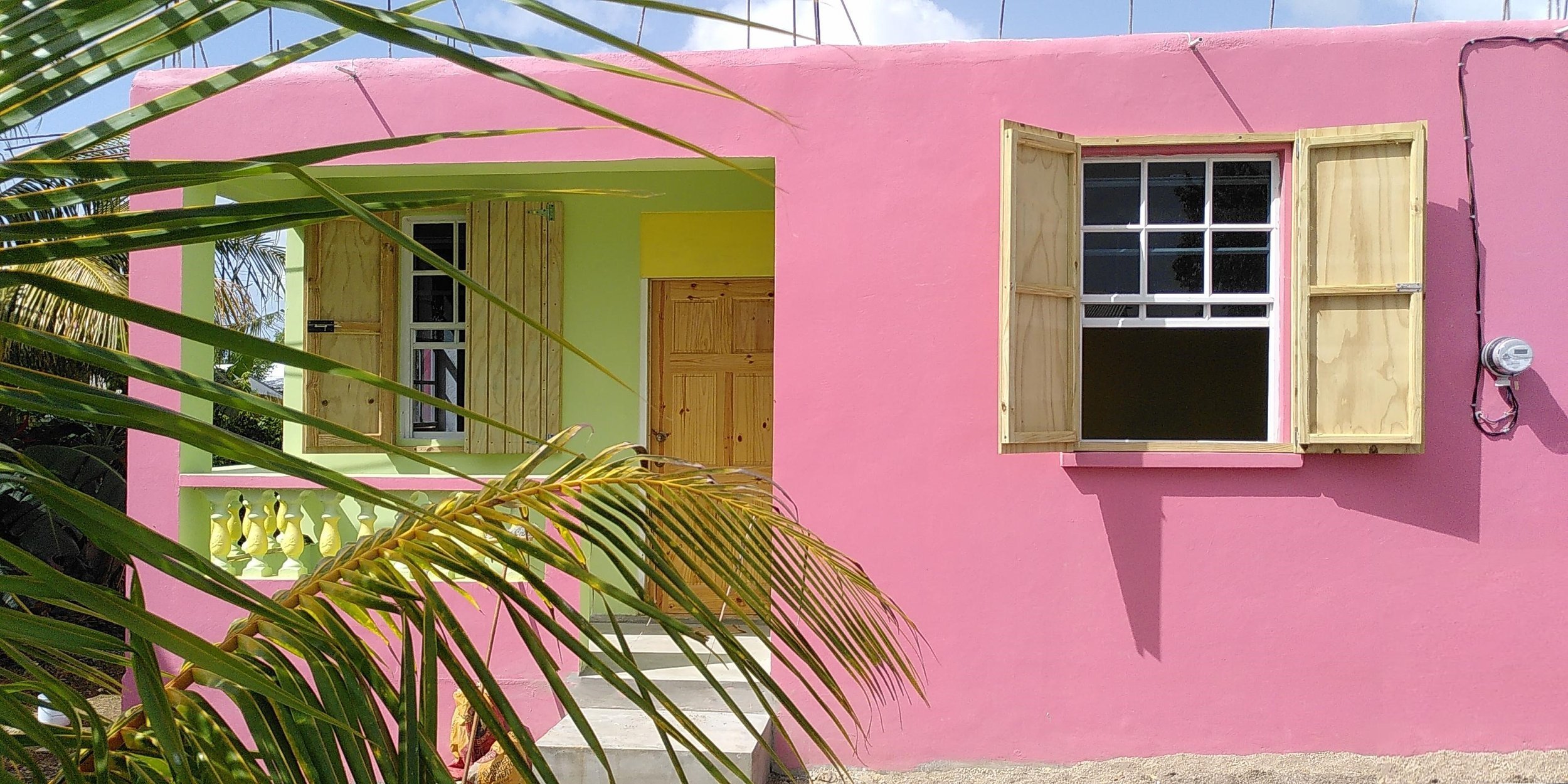
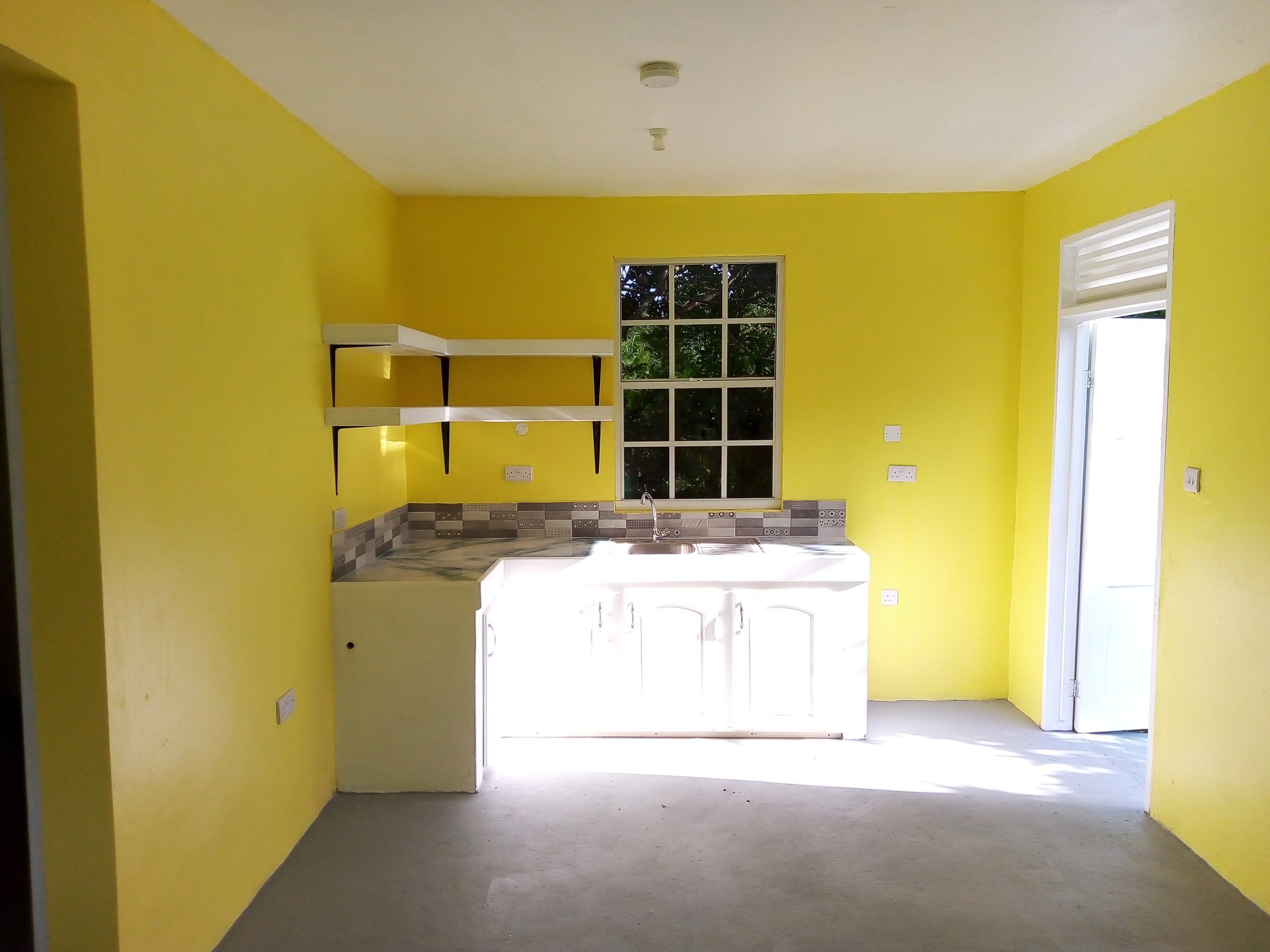
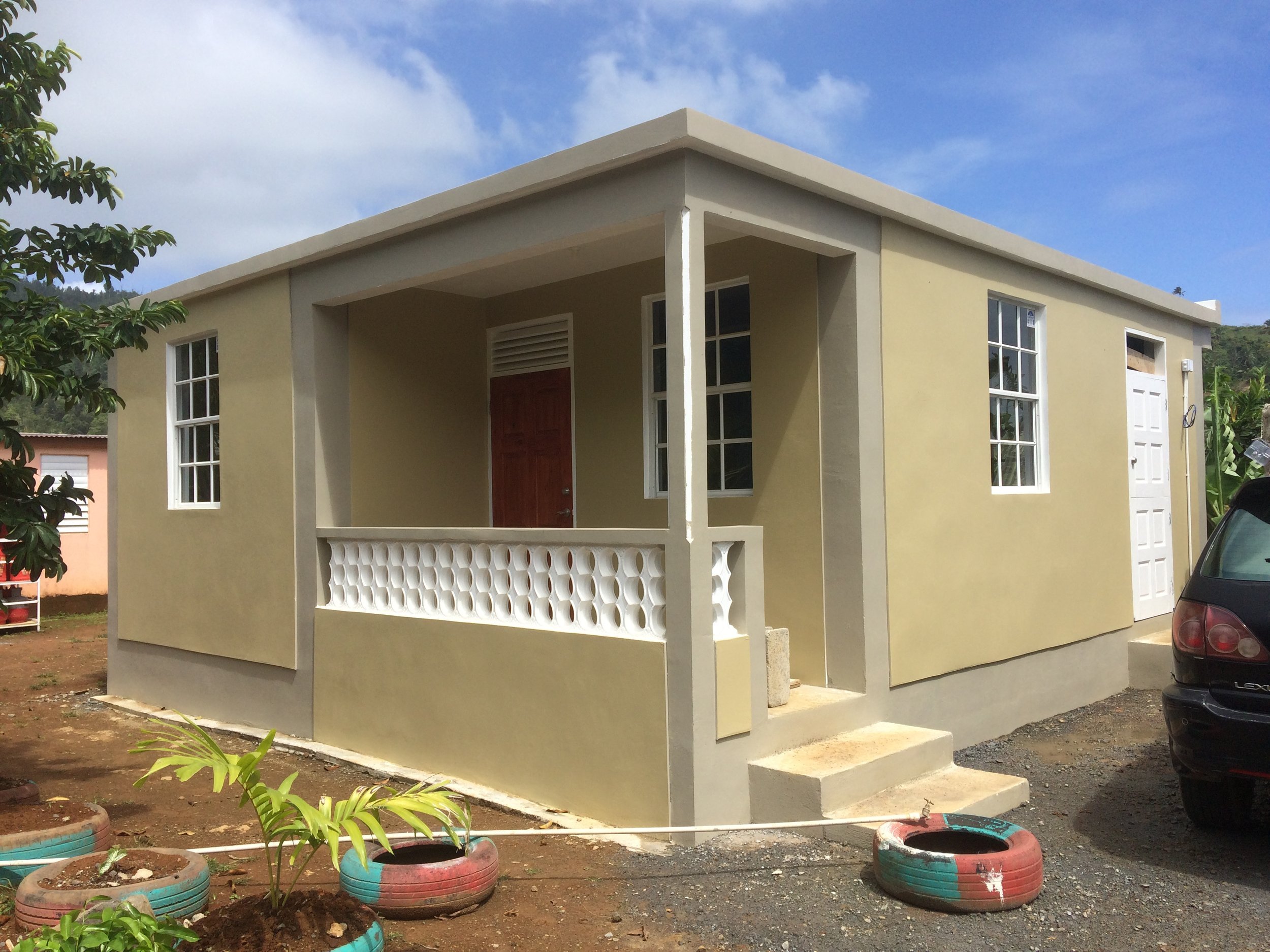
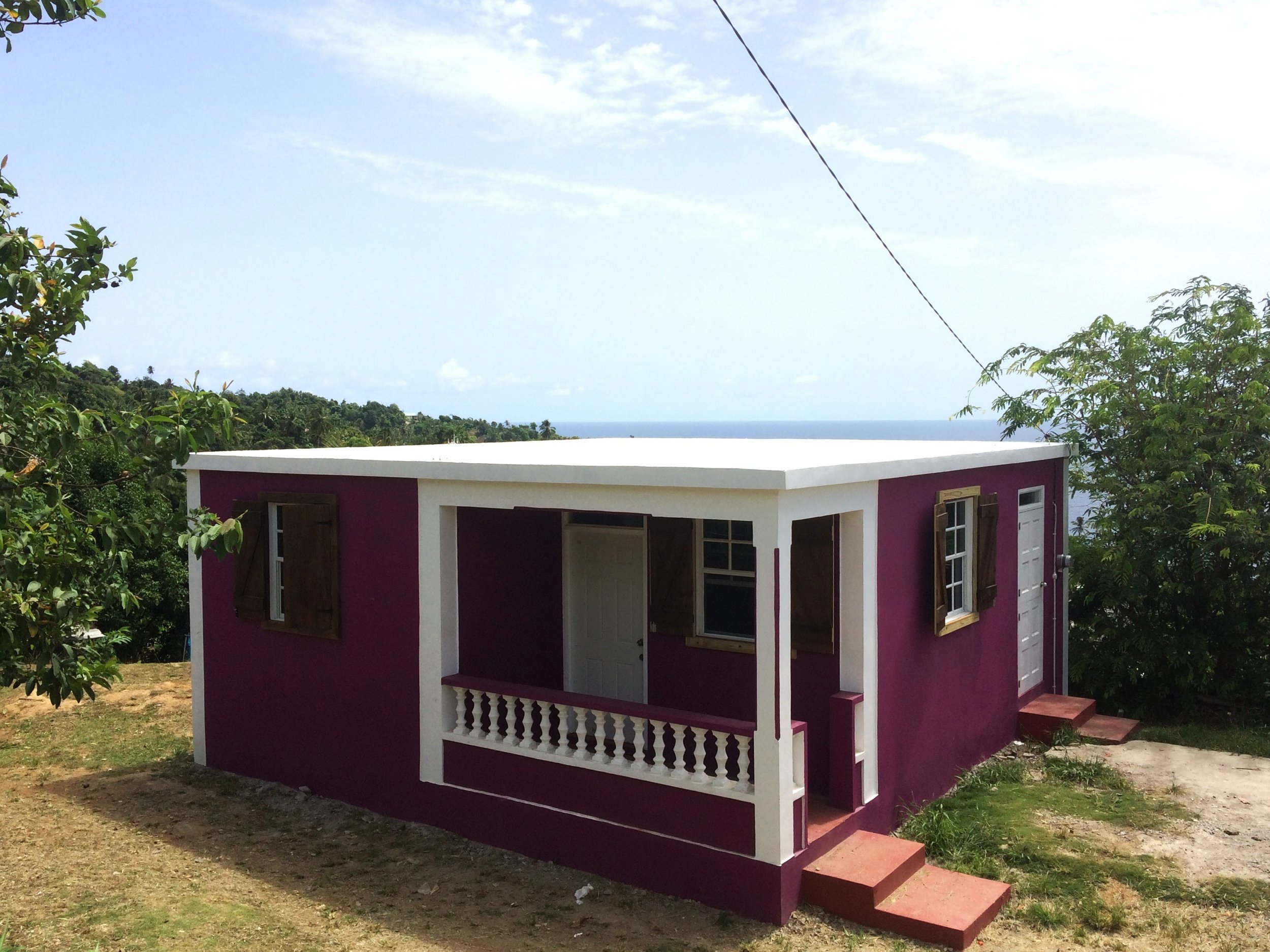
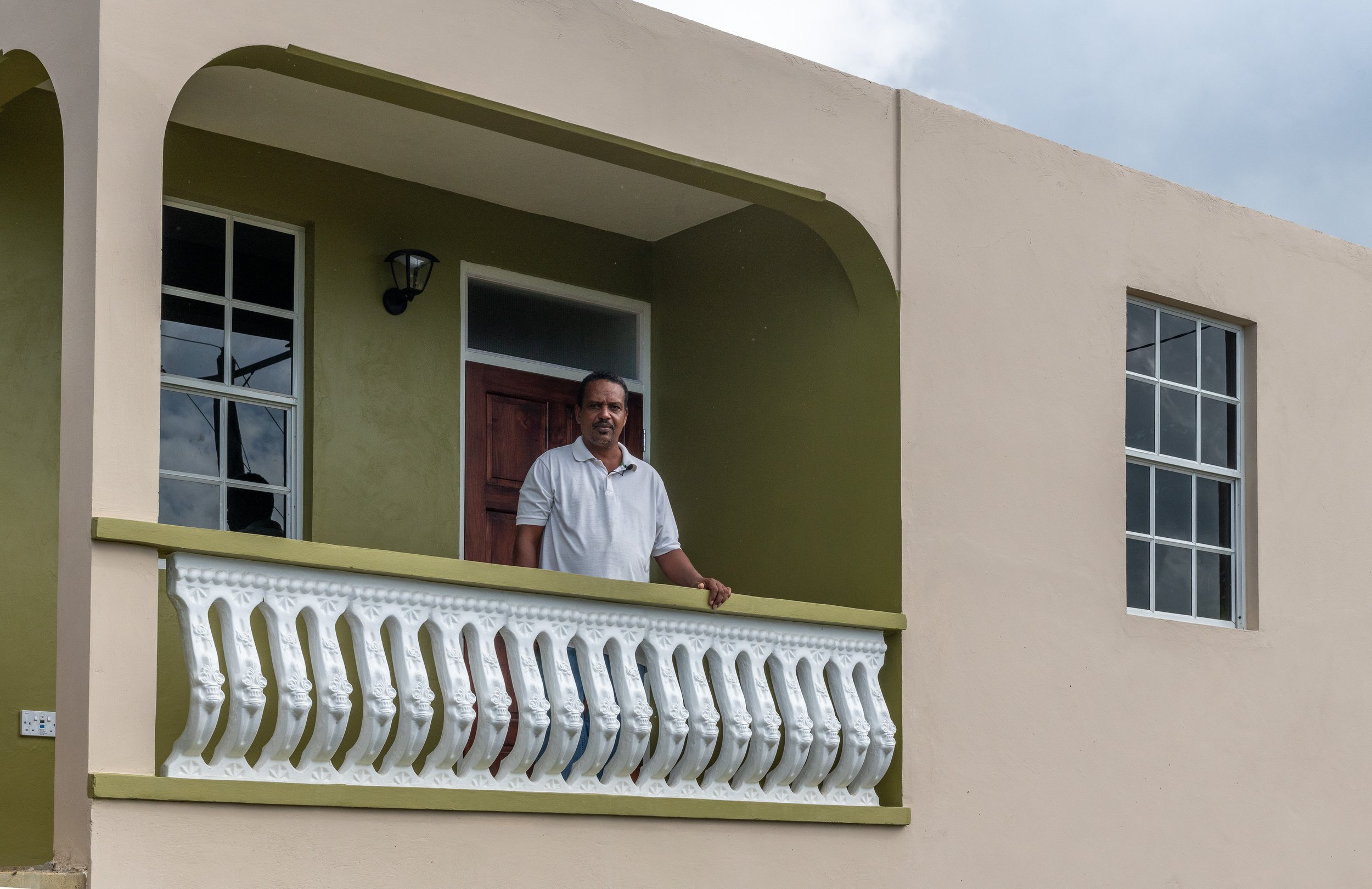

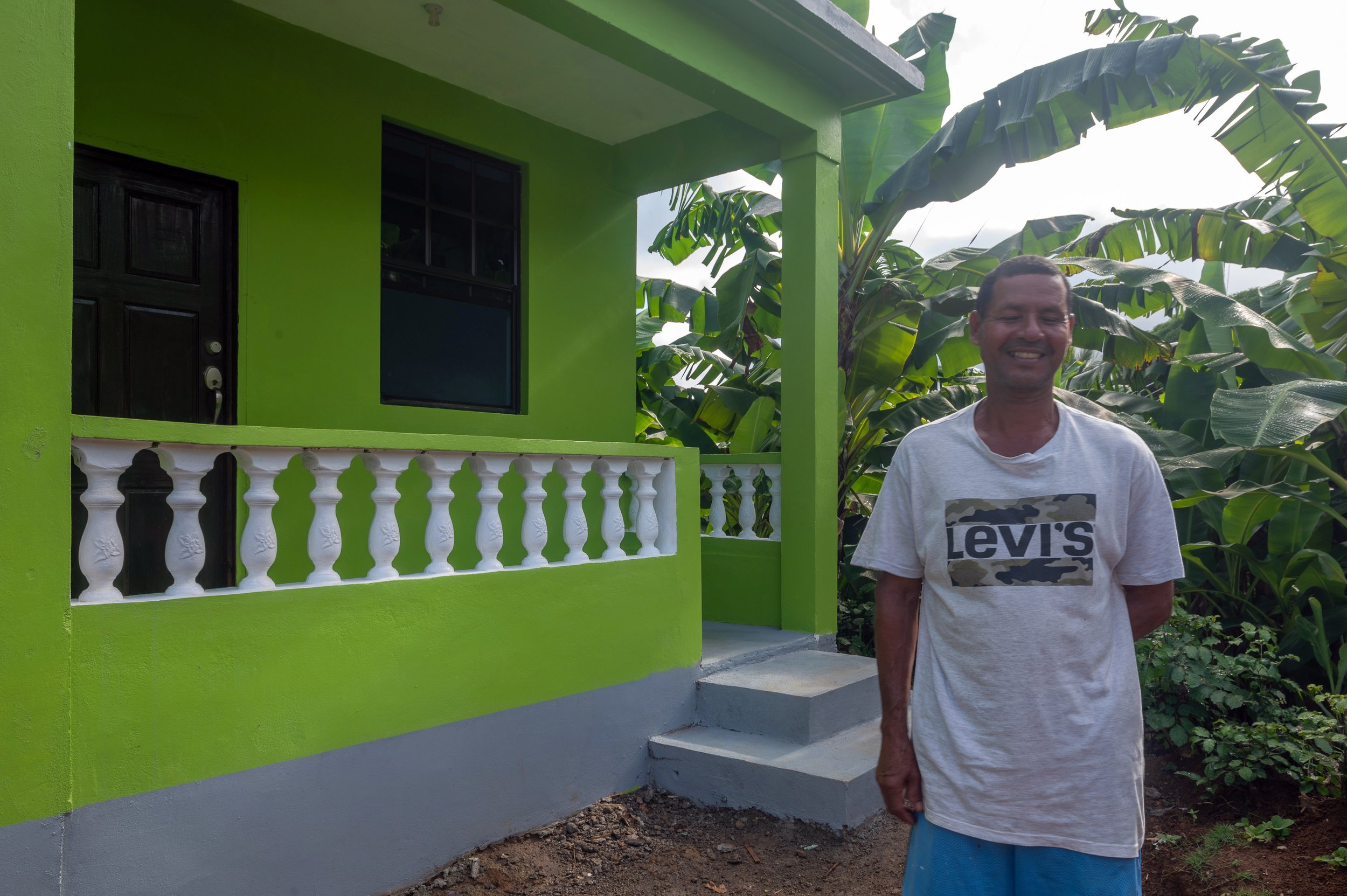
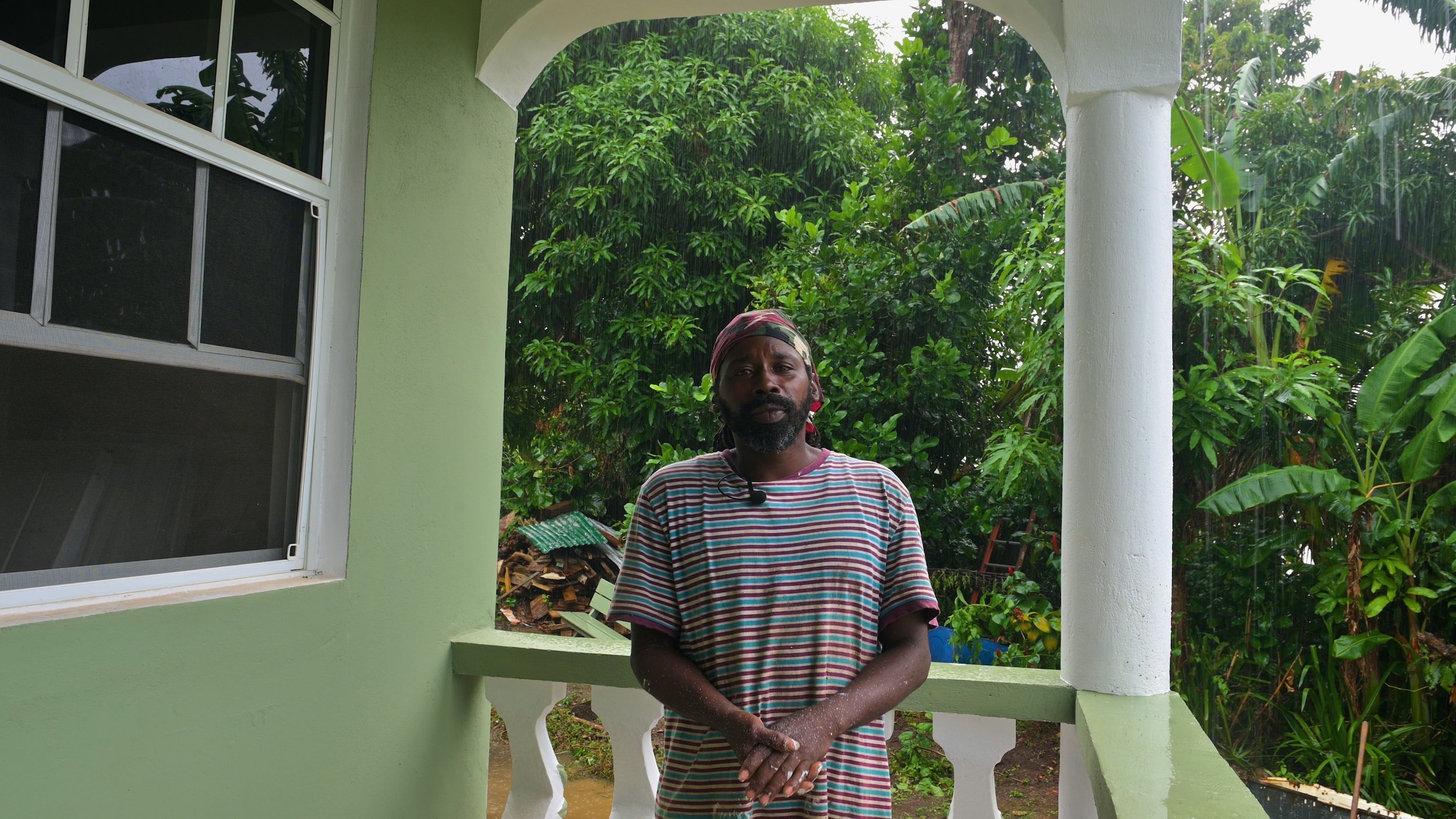
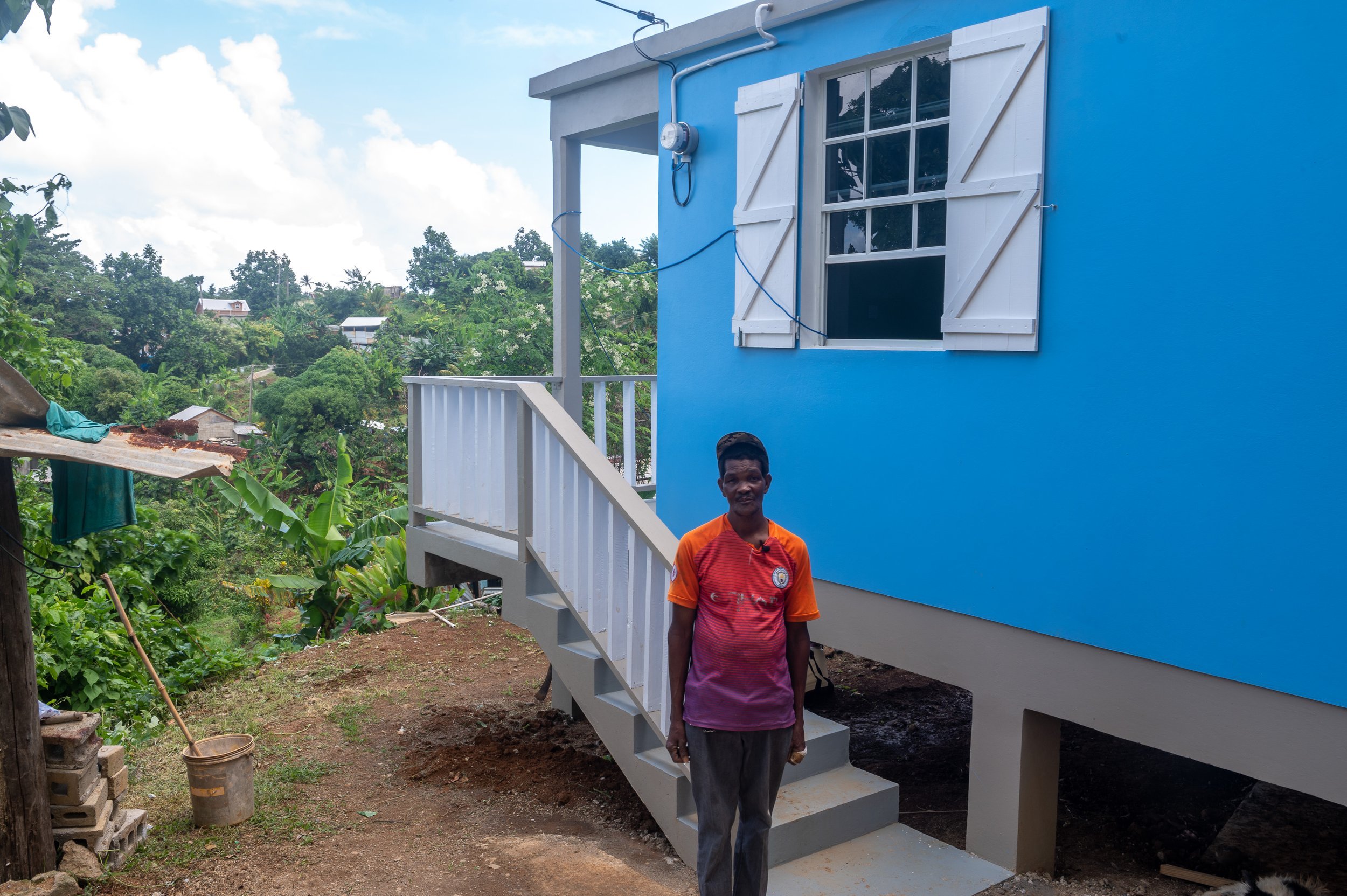
Why the Dominica Housing Recovery project matters
As with many other Small Island Developing States, Dominica is increasingly threatened by global climate changes and vulnerable to a wide variety of natural disasters including hurricanes, extreme rainfall, landslides, volcanic eruptions, seismic activity and tsunamis.
In September 2017, Hurricane Maria struck the island, destroying or damaging 85% of Dominica’s homes and leaving 50,000 of its 73,000 inhabitants homeless. The hurricane also caused significant damage in neighbouring countries. It was reported to be the worst natural disaster in the history of the Caribbean islands, with an estimated loss of US $1.37 billion dollars, 226% of Dominica’s GDP. More than 4,500 houses were destroyed and 20,000 partially damaged.
The design
The Housing Recovery Project (HRP) launched by the Government of the Commonwealth of Dominica in collaboration with the World Bank is a new, island-wide project designed to build resilience in the housing sector by supporting safe reconstruction in accordance with internationally recognized resilience standards in engineering and construction and revised building codes. This project includes the reconstruction of 450 dwellings destroyed by Hurricane Maria.
Following a period of consultation with various stakeholders, the Design Team prepared six hurricane-resilient model houses. Island families can choose the model house they prefer, which is then adapted to the site and built in accordance with the beneficiaries’ needs. Each house is being built on the site of the previous house, within the beneficiaries’ property.
Each model house has a common living/dining/kitchen area, one or two bedrooms, and a bathroom. The houses feature a veranda, which is very important for the Dominican way of life, and brightly coloured painted walls, which stand out amongst the lush green vegetation that characterises the island. Traditionally, Dominicans harvest rainwater for irrigation and always have an external sink for laundry and washing farm produce and these features have been incorporated in the model houses.
Resilience is achieved through structural design and architectural features that ensure flexibility in case of earthquakes, pressure equalization and glass protection in hurricanes, natural ventilation, flood protection, and rainwater harvesting.
Many beneficiaries who saw their timber houses destroyed in the hurricane prefer concrete block construction, giving them a greater sense of safety. There is also a preference for “flat” concrete roofs with the aim to extend the house upwards in the future. To date, over 100 houses have been completed and are now family-occupied. There are 150 houses under construction and we expect a few more to start shortly.
The impact
June to November is hurricane season in Dominica and on average the island is hit twice a year. Just this past September 2022, Hurricane Fiona reached a wind speed of up to 167 km. The impact of resilient homes saves lives and reduces economic hardship. It gives residents peace of mind that their families are safe and their homes will withstand. Kalinango People of Dominica, indigenous to the region, make up over a quarter of all beneficiaries. Kalinago contractors were hired specifically to build these homes.
PROJECT PARTNERS: World Bank and Government of Dominica
DESIGN TEAM: Clarkebond (Engineering), Edghill Fortune Associates (Local Consultants) and Rider Levett Bucknall (Cost Consultant)
STATUS: Completed
SELECTED PHOTOS: Derek Galon
